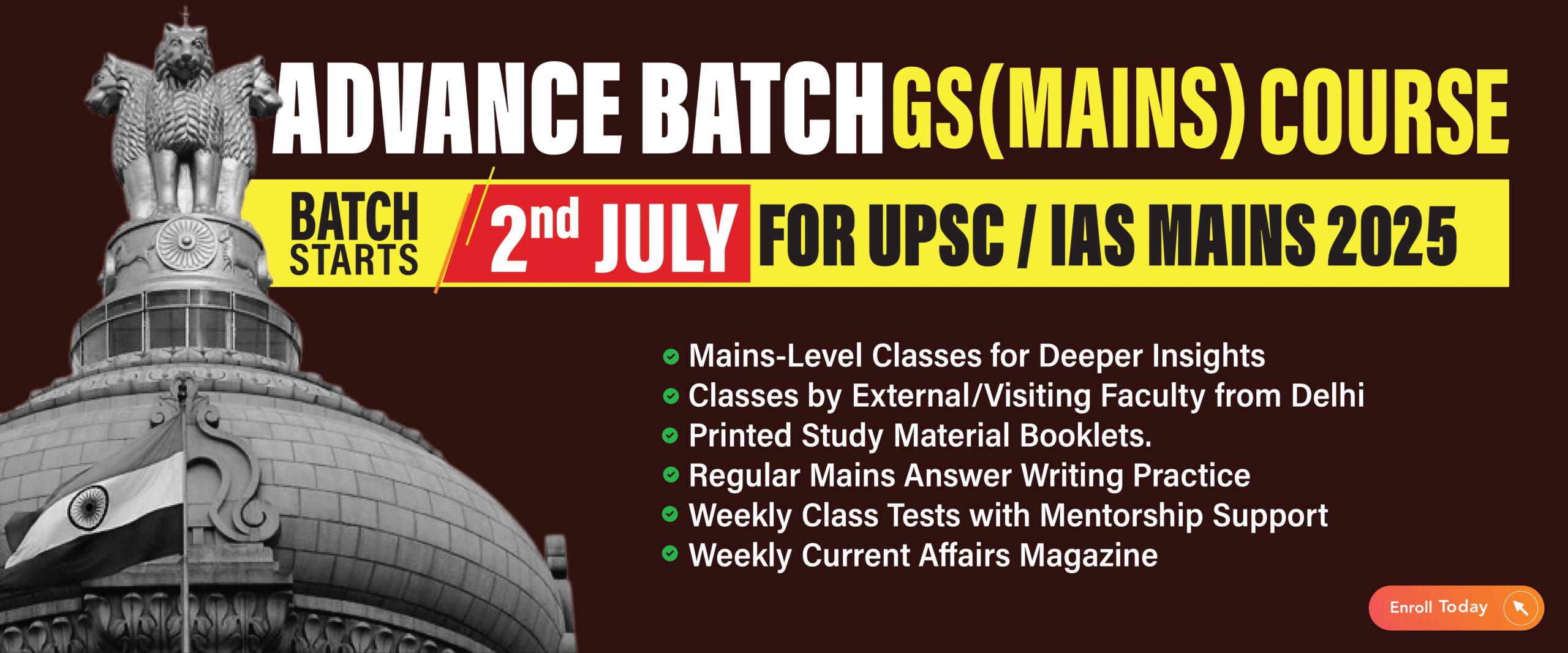Daily Answer Writing Practice Questions : 14/7/2025
Q1. What challenges hamper India’s transition from a service-based economy to an innovation-driven economy? Examine how recent policy interventions aim to overcome these barriers.
Q2. Evaluate the potential socio-political implications of conducting a caste-based census in India. In your opinion, can such an exercise promote social justice without undermining national unity? (250 words)
Answer Hints
Q. What challenges hamper India’s transition from a service-based economy to an innovation-driven economy? Examine how recent policy interventions aim to overcome these barriers.
(250 words)
Introduction
India aspires to become a global innovation hub by 2047. However, despite a booming services sector and a large STEM workforce, India’s innovation ecosystem remains underdeveloped due to systemic and institutional gaps.
Challenges in Transition to Innovation-Driven Economy
Low R&D Investment
India’s R&D expenditure is below 0.7% of GDP, far lower than innovation leaders like South Korea (4.5%) or China (2.4%).
Fragmented Institutional Support
Weak linkage between research institutions, industry, and academia leads to poor commercialisation of scientific output.
Funding and Market Uncertainty
Startups and R&D ventures face difficulty in accessing early-stage funding and guaranteed markets for innovation.
Regulatory and Procurement Bottlenecks
Cumbersome rules delay acquisition of scientific equipment and discourage innovation in public procurement.
Brain Drain
Lack of attractive domestic research careers results in talent migrating abroad.
Limited Private Sector Participation
Private investment in R&D remains minimal, focused more on IT services than deep technology.
Recent Policy Interventions
Research Development and Innovation (RDI) Scheme – 2025
₹1 lakh crore funding with tenure-based, low-interest loans for sunrise sectors like semiconductors, green energy.
Anusandhan National Research Foundation (ANRF)
₹50,000 crore initiative to fund high-impact research via public-private collaboration.
Innovation for Defence Excellence (iDEX)
Defence innovation through start-up procurement, reducing time-to-market for new technologies.
Procurement Reforms
Performance-linked incentives and risk-reducing procurement mandates aim to create predictable markets.
Conclusion
India is at a critical inflection point. While policy frameworks like RDI and ANRF mark a shift from passive to proactive innovation, sustained implementation, regulatory flexibility, and private sector engagement will be key to making India a true knowledge and innovation economy.
Q. Evaluate the potential socio-political implications of conducting a caste-based census in India. In your opinion, can such an exercise promote social justice without undermining national unity? (250 words)
Introduction
A caste-based census refers to the enumeration of different caste groups as part of the national population census.
While caste data was last collected in 1931 (excluding SC/ST categories), recent demands seek updated figures for OBCs and other communities to enable targeted welfare.
Socio-Political Implications
Positive Outcomes
1. Data-driven Policy Making: Enables evidence-based targeting of affirmative action, welfare schemes, and reservations.
2. Empowerment of Marginalized Groups: Recognition can bring visibility and representation in policymaking.
3. Social Justice Goals: Aligns with constitutional ideals of equality and equity, as envisaged in Articles 15 and 16.
Negative Outcomes
1. Deepening Caste Identities: Risks hardening caste divisions and reinforcing hierarchies in public consciousness.
2. Political Polarisation: Could lead to competitive populism, caste-based vote bank politics, and demands for increased quotas.
3. Erosion of Fraternity: May undermine the constitutional value of fraternity and national unity by increasing “us vs them” tendencies.
Can It Promote Social Justice Without Undermining Unity?
Yes, if implemented sensitively, ensuring:
Confidentiality and non-politicisation of data.
Use for developmental, not divisive, purposes.
Public messaging focused on equity, not entitlement.
Conclusion
A caste census is a double-edged sword. It holds potential to advance social justice through better representation and policy planning, but must be carefully managed to prevent social fragmentation. A balanced, inclusive, and constitutional approach is essential to ensure national unity is not compromised.
Start Yours at Ajmal IAS – with Mentorship StrategyDisciplineClarityResults that Drives Success
Your dream deserves this moment — begin it here.




